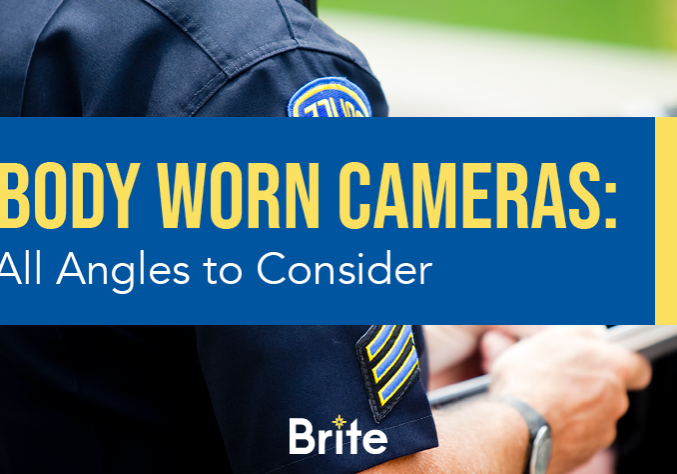Body-Worn Cameras: Past vs. Present
February 24, 2020
In the past, we’ve looked at Solving Crimes: Past vs. Present and The Use of Video by Law Enforcement. Today, we wanted to combine the two and deep dive into the history of body-worn cameras.
As innovative technology continues to develop, we like taking a look at how it is and has transformed the public safety industry. Public safety and technology have become today’s Sherlock Holmes and Dr. Watson. The two work together to develop leads and solve crimes.
We’ve seen body-worn cameras ability to transform and streamline daily processes, but how did body-worn cameras become a public safety essential?
Body-Worn Cameras: Past
Video first made its impact on law enforcement efforts in the 1960s. While not body-worn cameras, officers felt cameras and videos were vital for documentation and back then took it upon themselves to set up a tripod and camera in their vehicle. It provided firsthand evidence of any event that transpired as well as the opportunity for further analysis post-incident. Although the value of video was understood, technology limitations resulted in footage only captured in or around the vehicle.
In the 2010s, departments began adopting body-worn camera technology. The small camera could easily be mounted on the front of an officer’s vest to capture activity outside the vehicle.
While the narrative related to body-worn cameras has been met with pivotal headlines, the scope of the technology and use has greatly evolved. Although those headlines revolve around police accountability, there are other use cases for the technology within the law enforcement ecosystem.
Body-Worn Cameras: Present
Presently, as the digital shift continues, technology is being created and adapted to aide public safety agencies in investigations. From managing the status-quo, tracking officer location, and collecting evidence to identifying leads faster, body-worn cameras have seamlessly integrated into the video toolset for agencies.
For example, let’s look at Getac Video Solutions body-worn camera solution.
Body-worn cameras allow for complete situational awareness. The solution is automatically triggered by certain events such as when lights are activated or weapons released, ensuring no critical event is missed. Officers can then organize those events with the In-Field Tagging feature without breaking the chain of custody. All features help to create efficiencies in day-to-day operations. Also, real-time capabilities allow officers to stay connected to command at all times.
The data and evidence captured through the body-worn cameras, in combination with other data (paper records, in-car video, audio, etc.), can be problematic to track. Getac Video Solutions integrated solution captures, stores, and manages all data aiding in the management of incidents.
Video and body-worn cameras will continue to show value in the day-to-day operations and case management.
Interested in a demo to see how Getac Video Solutions can help streamline your department’s efforts? Reach out and we can set up a meeting with your local rep.

